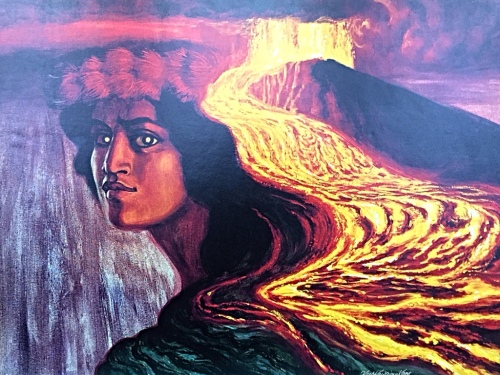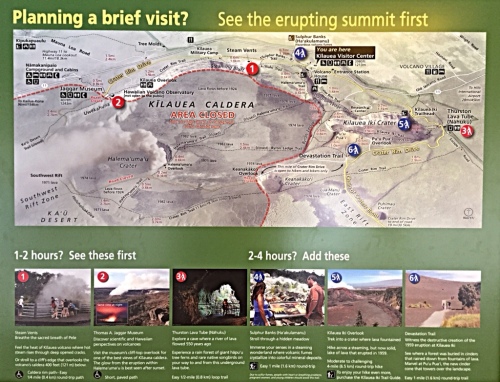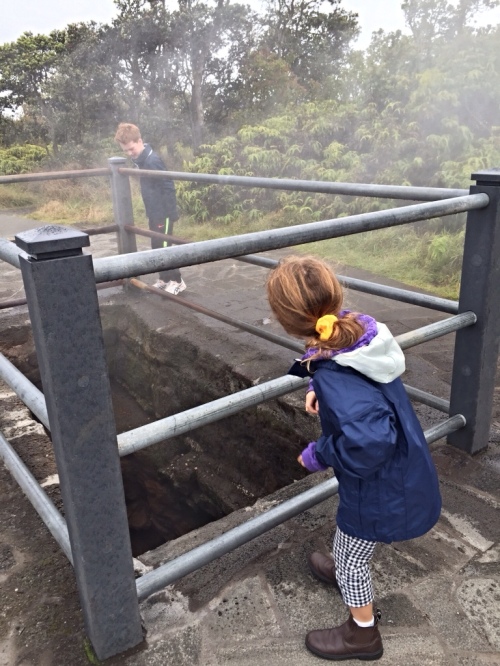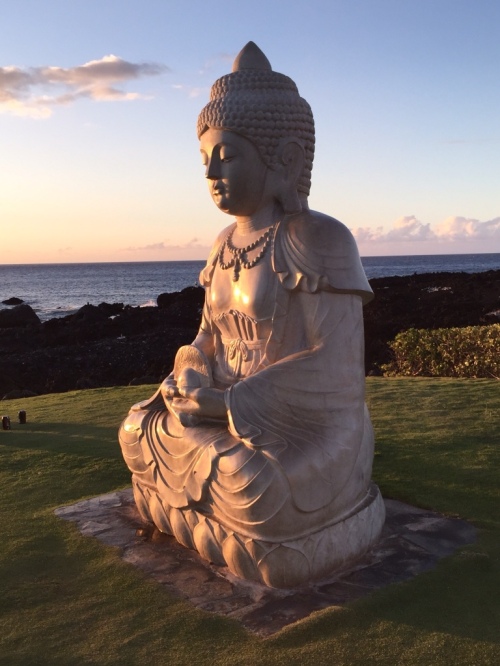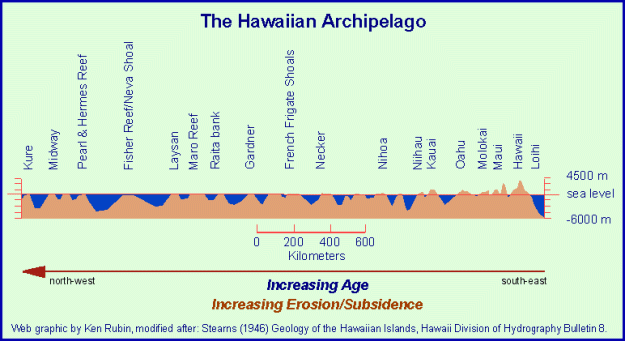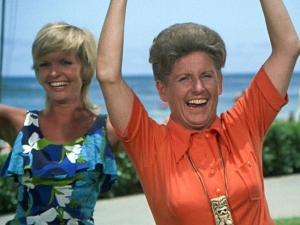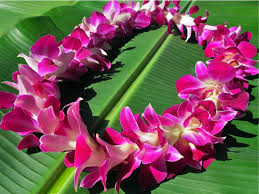In less than 24 hours, Peter, Oliver, Louisa and I will board our plane for Hawaii and 10 days exploring what some people argue are the world’s most remote inhabited islands. This notion of remoteness is interesting because it doesn’t seem to me to be that far from here to there. Flying time from Sydney to Honolulu (the capital of Hawaii on the island of Oahu) is about 10.5 hours. So door to door we’re looking at just over 18 hours, including a 30 minute taxi ride from our home in Sydney, 3 hour check-in at the airport, 10.5 hour flight to Honolulu, 3 hour lay over in Honolulu, 45 minute flight to Kona and finally a 30 minute drive to our hotel. Long, yes, but not nearly so long as my 32 hour door-to-door marathon returning from New York last year. The distance to Hawaii seems quite attractive! Even Oliver said today that it didn’t seem too bad, which surprised me since he was a bit traumatised by our long flights to and from Europe in 2013.
What will Hawaii look like?
David Quammen, in my favourite science book The Song of the Dodo: Island Biogeography in  an Age of Extinction, aims to explain Earth’s biological richness (and, importantly, its catastrophic loss of richness) by exploring the particular and often peculiar patterns of species distribution on islands: this is the island biogeography of the title. He discusses old versus young islands, big versus small islands, and continental versus oceanic islands.
an Age of Extinction, aims to explain Earth’s biological richness (and, importantly, its catastrophic loss of richness) by exploring the particular and often peculiar patterns of species distribution on islands: this is the island biogeography of the title. He discusses old versus young islands, big versus small islands, and continental versus oceanic islands.
The Hawaiian Islands is a relatively large archipelago, with islands ranging in age from an estimated 65 million years old to less than 1/2 a million years old; so some are relatively old and others are relatively young, at least in geological time!
Importantly, Hawaii is made up of oceanic islands. Quammen writes:
An oceanic island is one that never has been and never will be connected to a mainland. It comes into existence as a rising welt off the deep ocean floor, elevated into daylight by some geological process — most commonly, volcanic eruption (Song of the Dodo: Island Biogeography in an Age of Extinction, Random House, 1996, page 53).
I saw evidence of volcanic and other (long ago as well as current) landscape defining forces a few weeks ago on another set of islands: New Zealand. On the South Island of New Zealand I visited majestic Mackenzie Country where I saw huge valleys, rich plains, braided rivers and glacial lakes, all carved by retreating glaciers over the past 250,000 years. And I visited Aoraki/Mount Cook, New Zealand’s highest peak, which continues to grow each year as the Pacific and Indo-Australian tectonic plates collide along New Zealand’s western coastline, buckling and lifting along the Southern Alps mountain range. These landscapes are breathtaking.

Mackenzie Country, South Island, New Zealand
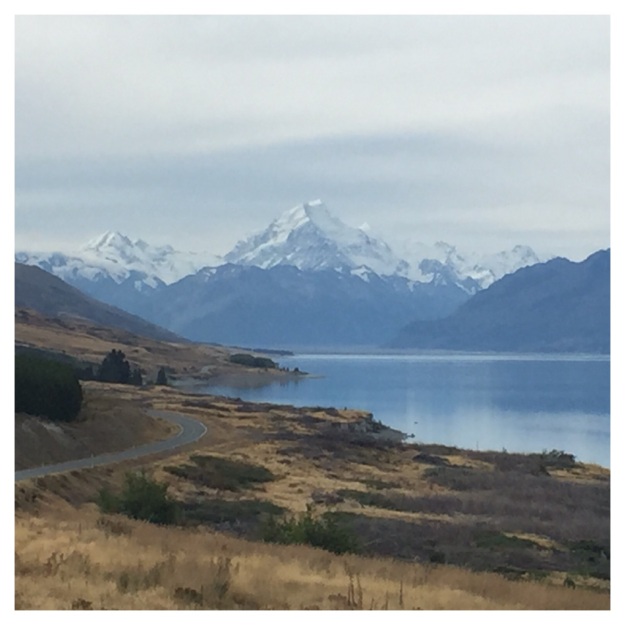
Aoraki/Mount Cook, South Island, New Zealand
Hawaii is similar to New Zealand in that both have been shaped by the movement of tectonic plates, fault lines in the Earth, and especially volcanic activity. We plan to visit Hawaii’s dormant and active volcanoes on The Big Island in our first few days.
Again like New Zealand, Hawaii also has been subject to the rise and fall of oceans over millennia, acting as a lifeboat for its fabulous and often unique flora and fauna (more on this in a moment). But Hawaii is different to New Zealand in that it has never been connected to a mainland, as noted above. New Zealand used to be part of Gondwana, the ancient supercontinent that also included Africa, Antarctica, Australia, India, Madagascar and South America before it started to break apart about 120 million years ago. New Zealand parted ways with Australia and Antarctica about 80 million years ago (separated by the Tasman Sea) and began to sink, leaving a scattering of islands that acted as a “Moa’s ark” for New Zealand’s birds and reptiles (you can read more about the geology of New Zealand and this notion of a Moa’s ark here).
In contrast, Hawaii always has been, and remains, isolated in the middle of the Pacific Ocean. Hawaii’s isolation — remoteness — has consequences for what we will see there.
What will we find in Hawaii?
On safari in Africa last year we saw lions, cheetahs, giraffes, rhinos, baboons and so many other amazing mammals and other animals. In comparison, Australia, New Zealand and Hawaii have almost no large mammals native to each country.
At least in the case of Hawaii this is because every plant, animal or other creature (or at least its ancestor) could only reach the islands by wind, water or wing. Far too far for a large animal to swim from the closest mainland! Returning to David Quammen, he writes:
… every oceanic island comes up from below, like a gasping whale. It starts its terrestrial existence, therefore, completely devoid of territorial forms of life. This is the most fundamental distinction between the oceanic and continental categories. Every terrestrial animal on an oceanic island, and every plant, is descended from an animal or plant that arrived there by cross-water dispersal after the island was formed (Song of the Dodo: Island Biogeography in an Age of Extinction, Random House, 1996, page 53).
Because everything that got there had to get there from somewhere else, dispersed across vast ocean distances by wind, water or wing, Hawaii has a quite different “roster” of animals, birds, plants and insects compared to other countries. Hawaiian writer and blogger, Dennis Hollier calls Hawaii “genetically remote”. He writes:
Hawaii’s isolation has made it the world capital of endemism. For its size, Hawaii has the highest percentage of species that exist nowhere else on Earth (from http://dennishollier.com/2014/01/14/hawaii-the-most-isolated-archipelago/).
In fact, 80% of the species found on Hawaii are found nowhere else in the world. Of course, humans have introduced a variety of non-native species as well as accelerated the loss of many native species. Nevertheless, I imagine that Hawaii will be a different world for us, both in terms of its landscape and wildlife. Writing of this biological richness, Quammen concludes:
Charles Darwin never saw the Hawaiian Islands. If he had, the Galápagos might have paled by comparison (Song of the Dodo: Island Biogeography in an Age of Extinction, Random House, 1996, page 53)
We are looking forward to our “voyage” to Hawaii tomorrow and the exotic world that awaits us. We will share our discoveries with you in the coming days.
Aloha!

Charles Darwin in the Natural History Museum, London








































